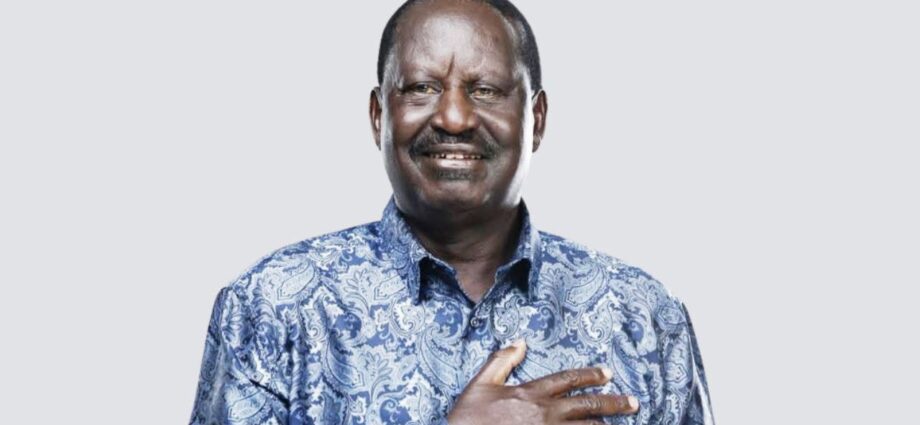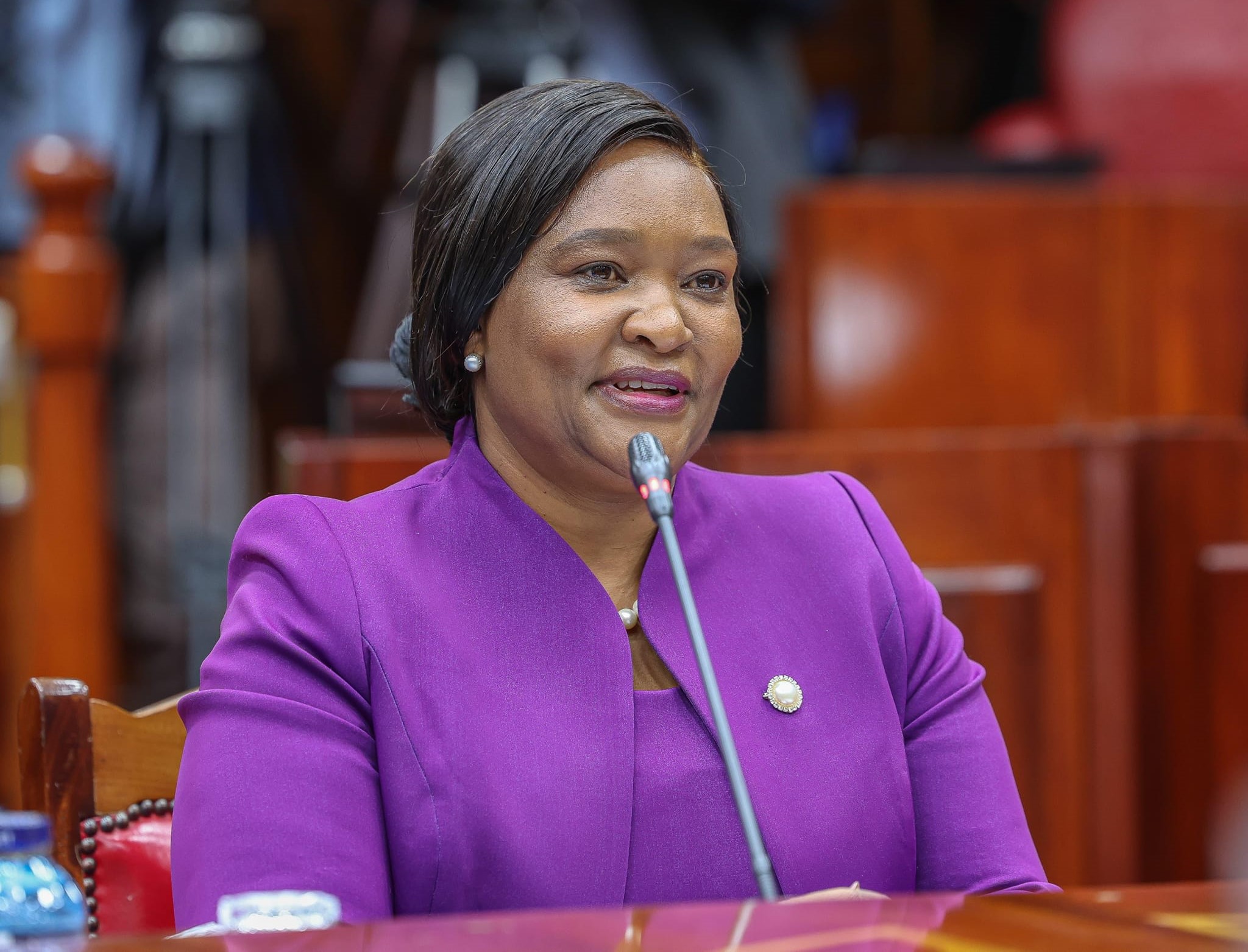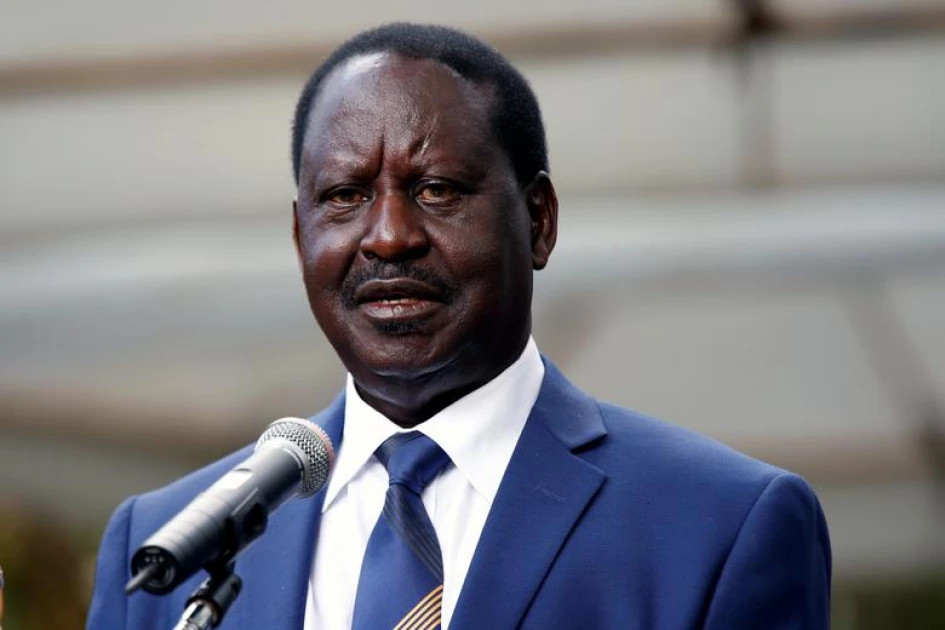Raila Amolo Odinga’s political life spanned seven decades and reshaped modern Kenyan politics. From early activism to repeated presidential bids and a landmark role as prime minister, Odinga’s story is one of resilience, controversy and deep influence.
Early life and political roots
Born on 7 January 1945 in Maseno, Kisumu County, Raila Odinga grew up in a political household — his father, Jaramogi Oginga Odinga, was Kenya’s first vice-president. That upbringing exposed Raila early to anti-colonial and post-independence politics and set the stage for his lifelong commitment to political reform.
Rise, repression and exile (1970s–1990s)
Odinga rose through business and politics in the 1970s but came to national prominence in the 1980s as a vocal critic of President Daniel arap Moi and one-party rule. His activism led to multiple detentions without trial and periods of exile. Despite personal cost — including being separated from family and facing arrest — Odinga remained a central figure in campaigns that pressured Kenya toward multi-party democracy in the early 1990s.
Parliament, ministerial roles and national profile (1990s–2007)
After returning from exile, Odinga served as Member of Parliament and held cabinet posts including minister for roads and energy at different times. By the early 2000s he had become the most prominent opposition leader, formalising his base through the Orange Democratic Movement (ODM) and mounting national campaigns that drew mass popular support.
The 2007 election, crisis and the 2008 power-sharing accord
The disputed 2007 presidential election triggered violence that left more than 1,000 people dead and hundreds of thousands displaced. Negotiations mediated by former UN Secretary-General Kofi Annan ended the crisis with a February 2008 power-sharing agreement that created a grand coalition government and the post of prime minister — a role Raila Odinga assumed in April 2008. The accord helped stabilise the country and set a course toward constitutional reform.
Prime minister and later years (2008–2025)
As prime minister (2008–2013), Odinga led a coalition cabinet and pushed for reforms that culminated in the 2010 constitution — a major institutional overhaul. He later ran for president multiple times (2007, 2013, 2017, 2022), at times challenging results in Kenya’s courts and mobilising mass campaigns for electoral fairness. In his later years he remained an active voice in regional diplomacy and pan-African development debates.
Death and legacy
Raila Odinga died on 15 October 2025 while receiving medical care in India. Tributes poured in from across Africa and beyond, with many describing him as a towering figure who shaped Kenya’s democratic journey. His name is now woven into the nation’s political memory: reformist, polarising at times, but undeniably influential.





